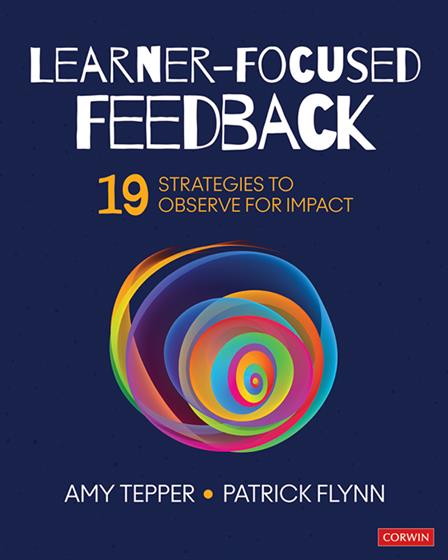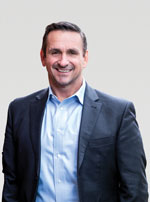Hands-on, Practical Guidance for Educators
From math,
literacy, science, equity, multilingual learners, and SEL, to assessment, school counseling,
and education leadership, our books are research-based and authored by experts
on topics most relevant to what educators are facing today.

Learner-Focused Feedback
19 Strategies to Observe for Impact
First Edition
By:
Amy Tepper, Patrick Flynn
Nineteen strategies help leaders, coaches, and teachers improve their ability to identify desired outcomes, recognize learning in action, collect relevant evidence, and develop effective feedback cultivating a culture of learning in their schools.
Product Details
- Grade Level: PreK-12
- ISBN: 9781544368269
- Published By: Corwin
- Year: 2020
- Page Count: 256
- Publication date: February 06, 2020
Review Copies
Review copies may be requested by individuals planning to purchase 10 or more copies for a team or considering a book for adoption in a higher ed course. Request review copy


